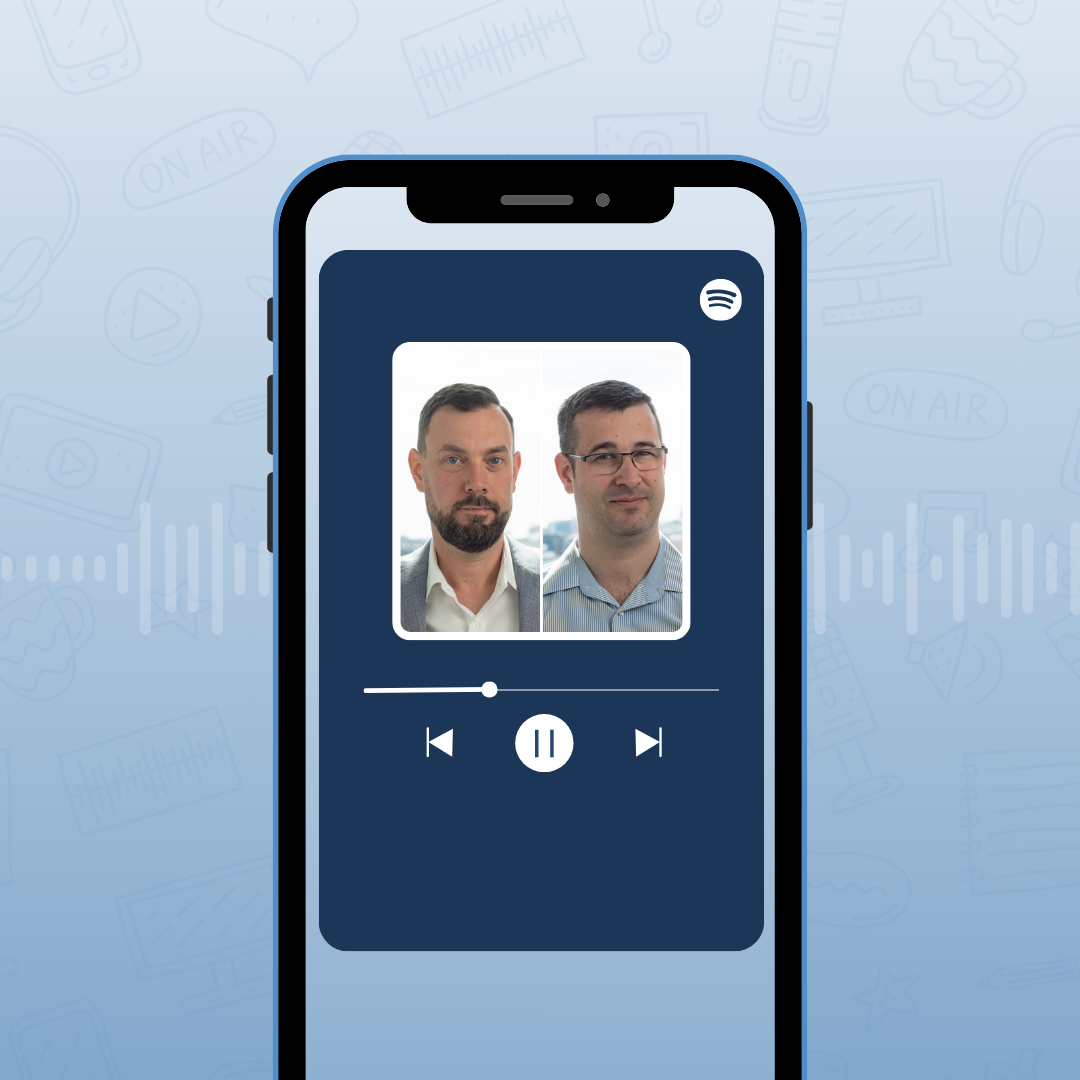
Developers Answer: ‘What Should I Do with My Legacy Systems?’
Written by Danubius IT Solutions
These days, technology surges ahead like a river running through rocky canyons, constantly evolving, reshaping, and updating.
Yet, many companies find themselves anchored by legacy systems that, over time, have become more like unwieldy behemoths than agile tools.
In this blog post, we’ll give you a concise rundown of the situation and show you what might be the best options to deal with your tech that’s considered legacy.
The Tech-Time Conundrum
While technology zips ahead, systems tend to have a lifespan that stretches beyond the languages and frameworks they're built on.
As a result, code gets outdated, its quality wanes and the pool of developers willing to work on such systems dries up.
Why? Well, most techies crave the allure of fresh, greenfield projects. But, here's the surprising part: these aging systems are often treasure troves of invaluable business knowledge. The thought of a complete overhaul feels daunting, making the looming challenges seem like an ever-growing avalanche.
Why Breathe New Life into Legacy Systems?
With the constant influx of novel developments, there's little wiggle room to refine the old code, leading to an entangled web of complexity. These are the symptoms:
-
Even the tiniest enhancements become marathon tasks.
-
Each new release seems to birth a litter of bugs.
-
Onboarding talent feels like hunting for unicorns, thanks to the outdated tech stack.
-
Cybersecurity nightmares.
-
Systems with the stability of a house of cards.
-
Costs rise, risks skyrocket, and companies find themselves in the hot seat.
Revamping a legacy system isn't just about keeping up with the competitors anymore – it's about staying afloat.
The Roadmap to Renewal
Such a revamp always sounds like a Herculean task. However, if we break it down step by step, we might see that it doesn’t have to be a nightmare at all:
-
Unified Front: Modernizing frontends offers a smooth transition bridge. Think of it like piecing together a puzzle – integrating old with new, screen by screen. For instance, in one of our projects, a VisualBasic desktop app's transformation to a contemporary web platform began by updating individual menu items, showing the new, web-based screens in the old, desktop app.
-
Back It Up with a Strong Backend:
-
The "Anti-corruption Layer" Strategy: Craft a fresh API layer over the old one. The new system caters to modern interfaces and draws support from both its predecessor and brand-new code. This way, we can build on the existing logic, and we can slowly phase out the old backend.
-
Automated Testing: Ideal for migrations within versions of the same platform. Kick off with comprehensive automated tests, swiftly move to a tech upgrade, and follow up with methodical refactoring.
-
Out with the Old: Sometimes, it's about scripting a brand-new backend. The new system works in tandem with the old until it's ready to take the reins.
-
Database Dynamics: Often, the foundational database remains untouched. But if architectural shifts are in the cards, brace yourself for intricate migrations.
An interesting food for thought; most of these tasks are actually fresh, new-tech projects in disguise!
Wisdom from the Trenches
Having undertaken quite a few legacy renewal projects, we have collected these nuggets of wisdom from the lessons we learned:
-
Try to avoid piling on new features during a renewal project. Trust us; it's like opening Pandora's box.
-
Initial Proof of Concepts are sometimes best left in the rearview mirror.
-
Prioritize User Experience (UX) right at the start!
-
The onset of such projects can be rocky, even stretching timelines. But push through the initial speed bumps, and momentum often picks up – like a train catching speed after a brief halt.
-
Be ready for any challenges. For instance, a significant renewal project that was initially estimated to span two years faced its fair share of hiccups. Within the first six months, the progress looked more like what was initially projected for two months. But here's the twist: once those early troubles were ironed out, the pace picked up dramatically, and we wrapped it all up well ahead of that two-year mark.
-
Key takeaway? There's light at the end of the tunnel. Every challenge has a solution. The trick lies in meticulous planning, breaking down monumental tasks into smaller chunks, and progressing step-by-step.
-
Post-renewal, don't rest on your laurels. Code, just like a garden, needs tending. Keep it clean, and focus on possible technology debts regularly, or you'll find yourself back at square one, surrounded by the trappings of another legacy system.
In a Nutshell
Legacy systems, while steeped in invaluable business acumen, can often turn into stumbling blocks in the face of rapid technological advancements.
Yet, the journey from outdated to cutting-edge doesn't have to be an uphill battle. By breaking down the process, leveraging modern methodologies, and gleaning insights from past endeavours, businesses can successfully navigate the waters of system renewal.
If you feel like your legacy system's giving you trouble, or perhaps you're just pondering over a much-needed upgrade, we stand ready, wielding a wealth of experience and expertise. Let's face those challenges head-on, together.
If you need more proof of our technological preparedness, feel free to read our related case studies.
Contact Danubius today, and let's ensure your systems are future-ready.
Interested in IT solutions tailored to your business? Contact us for a free consultation, where we'll collaboratively explore your needs and our methodologies.

.png?alt=media&token=6167f0c8-f152-4da9-8498-30e472899817)
.jpg?alt=media&token=7f5e6011-729e-4df8-bbe4-e97d3ab885a8)

